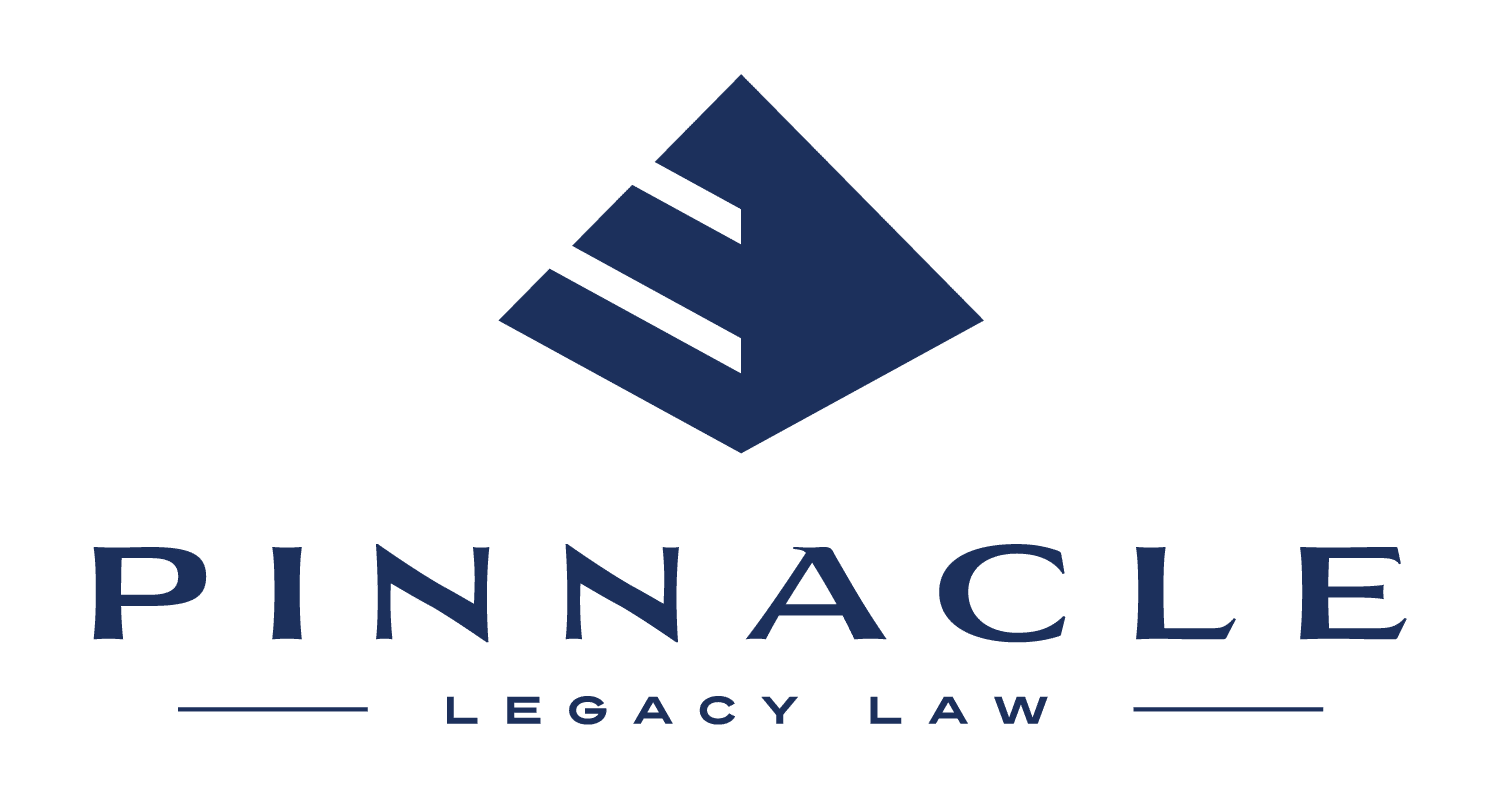Pinnacle Legacy Law
Medicaid Asset Protection Trusts
Powerful Protection
Medicaid Asset Protection Trusts are legal tools designed to help people qualify for Medicaid benefits while protecting their assets. They can be used to transfer ownership of assets like property, investments, and savings into a trust, which is managed by a trustee.
What Medicaid Asset Protection Trusts do and don’t do:
They protect assets from Medicaid’s spend-down requirements
They allow the person who created the trust to qualify for Medicaid benefits
They enable the trustee to pay for the creator’s expenses not covered by Medicaid
They allow the trustee to distribute assets to the creator’s heirs after their passing
They shield assets from creditors and lawsuits
They don’t provide immediate protection – there is a five-year look-back period during which Medicaid can scrutinize any asset transfers
They don’t guarantee complete protection – the assets in the trust can be used to repay Medicaid after the creator’s passing
They don’t protect against estate taxes – assets transferred to the trust are still subject to estate taxes
They don’t allow the creator to have direct control over the assets – the trustee has the legal responsibility to manage the assets in the trust.
Here are some of the key benefits of Medicaid Asset Protection Trusts (MAPT):
Asset protection: The creation of a MAPT can shield your assets from Medicaid’s spend-down requirements, which can be significant for families and individuals with substantial assets.
Medicaid eligibility: By transferring assets to a MAPT, you may be able to qualify for Medicaid benefits while still retaining some control over your assets.
Potential for inheritance: Since the assets in the trust belong to the trust, they may be passed on to heirs after you pass away.
Savings on long-term care costs: If you require long-term care, a MAPT allows you to receive Medicaid benefits to cover the associated costs, which can otherwise be very expensive.
Protection from creditors: The assets in a MAPT are protected from lawsuits and creditors, which can be comforting in uncertain times.
Flexibility for trustee: Trustees have flexibility in managing the assets in the trust, which can help optimize their returns and protect them in the long term.
Here are some key considerations to have in mind about Medicaid Asset Protection Trusts (MAPTs):
The look-back period: Medicaid has a five-year look-back period before the creation of a MAPT. This means that any assets transferred to the trust within five years of applying for Medicaid benefits may be subject to scrutiny.
The trustee: The trustee plays a critical role in managing the assets in the trust, so it’s important to choose someone you trust and who has experience with managing trusts.
Medicaid recovery: After the death of the beneficiary, Medicaid has the right to recover any funds spent on their long-term care from the assets in the trust. This means that the benefits of the trust may be limited in the end.
Taxes: Assets transferred to a MAPT are still subject to estate taxes, so it’s important to carefully consider the tax implications of setting up a trust.
Irrevocable nature: Once assets are transferred to the trust, they cannot be retrieved. This means that you’ll need to be certain of your decision to establish the trust and carefully consider how it aligns with your long-term goals.
Legal assistance: MAPTs can be complex legal instruments, so it’s important to consult with an estate planning attorney who has experience with these trusts before proceeding.
By keeping these factors in mind and carefully weighing your options, you can make an informed decision about whether a MAPT is right for you and your family.
Start protecting your legacy.
Click the link below and schedule a call with a member of our team. We will explain our unique process for working with farmers, ranchers and their families. The call is FREE!
